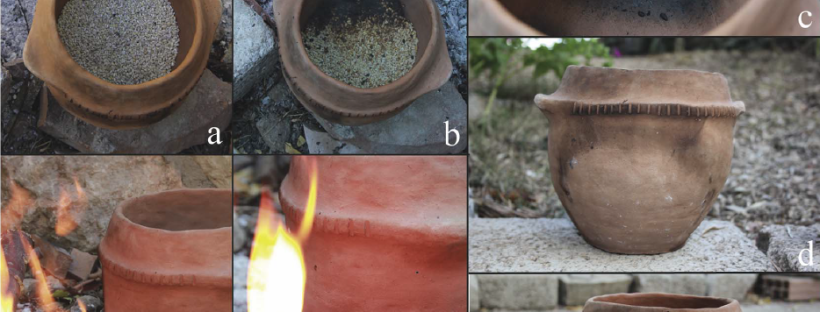This contribution discusses the results of an integrated approach of use wear analysis, spectroscopic analysis and experimental archaeology, applied for the investigation of the actual use of selected ceramic vessels, taken from domestic Copper Age contexts in the modern Rome area. This study is based upon the consideration of a vessel as a tool, used during everyday life and thus reflecting human activities and social behaviours. To this end, the paper here presented proposes an interpretation of the actual use activities which led to the modification of prehistoric vessels. The methodology of this study integrates the traditional approach to ceramic use wear studies, based on experimental and ethnoarchaeological studies, with principles of tribology, along with the application of a dedicated experimental framework which enabled the development of a detailed collection of comparative use wear. Moreover, the application of spectroscopic analysis provided preliminary data related to the charred encrustations found inside the archaeological specimens. These data, when combined with use wear, palaeobotanical remains and archaeological preserved structures, aided interpretation of the archaeological ceramic vessels as cooking pots.
-
Iscriviti
Sottoscritto
Hai già un account WordPress.com? Accedi ora.

Devi effettuare l'accesso per postare un commento.